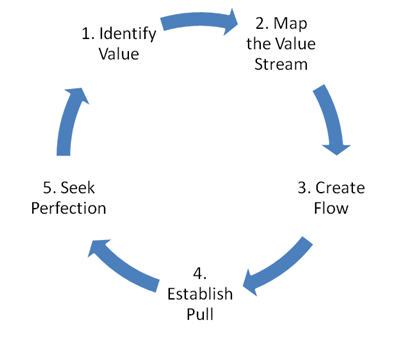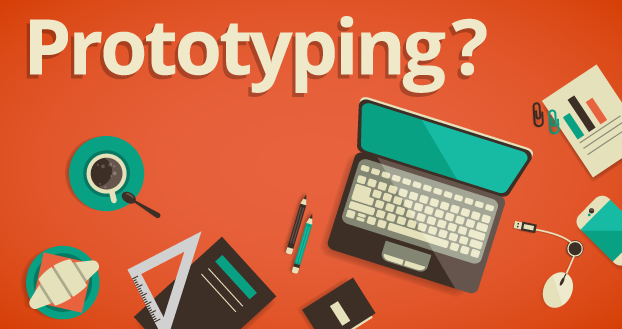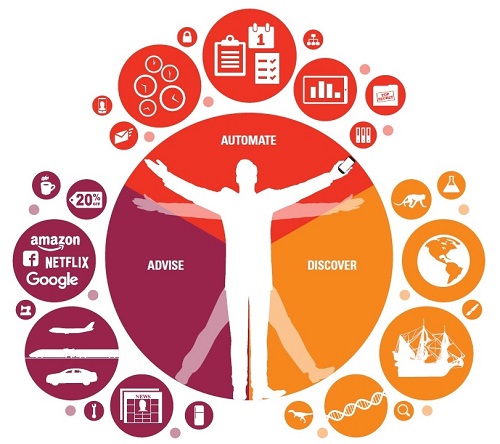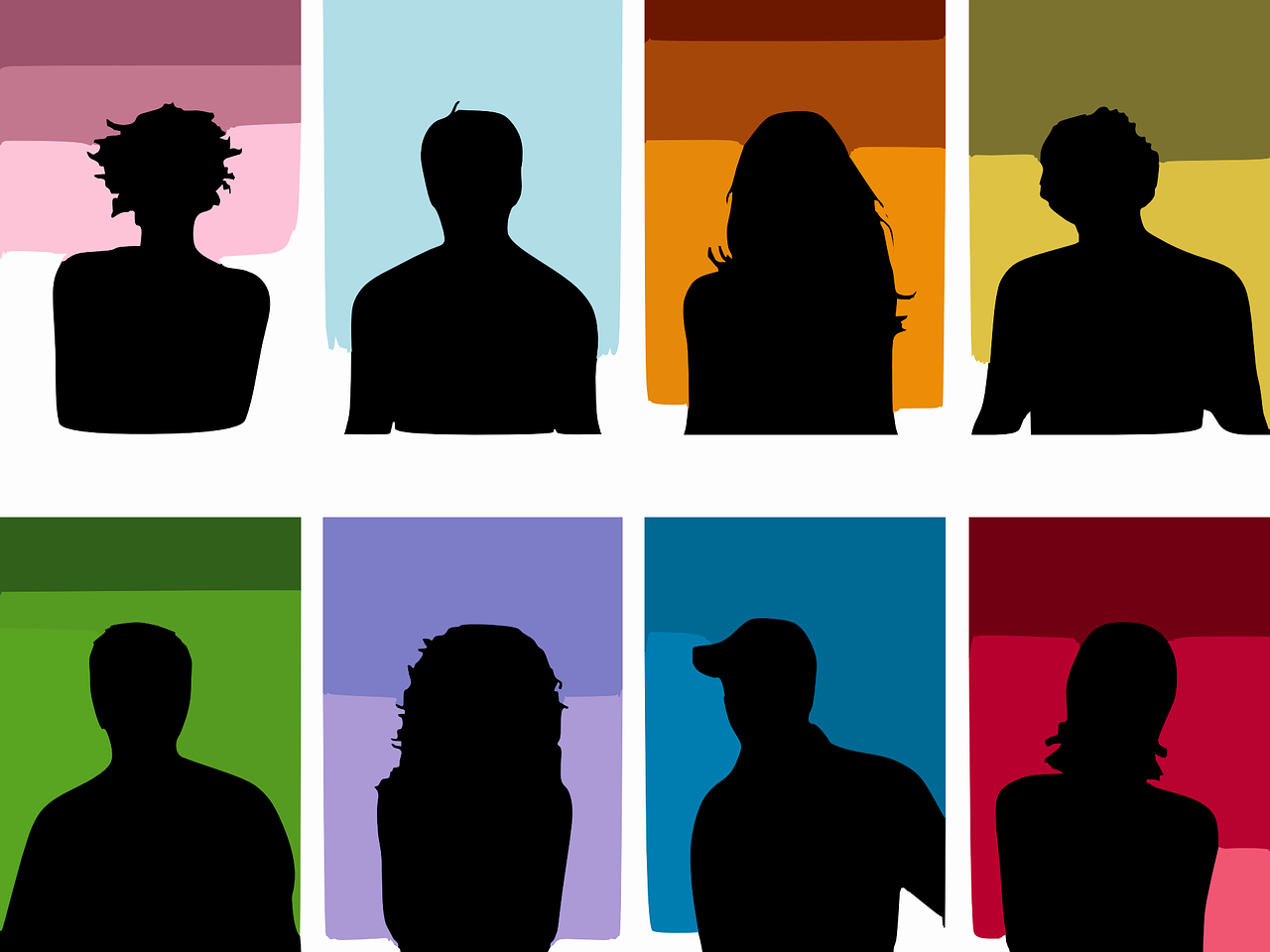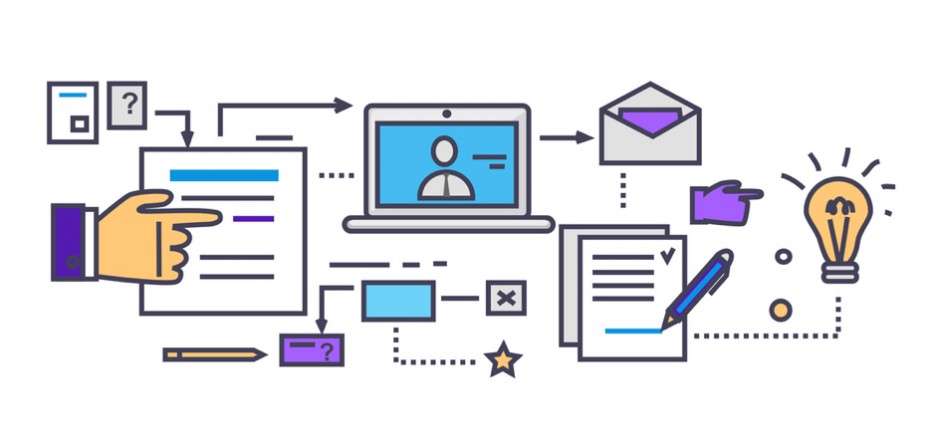Ethnographic Research is the Key to Really Understanding Your Customers’ Needs
Ethnography is the branch of anthropology that involves trying to understand how people live their lives. Unlike traditional market researchers, who ask specific, highly practical questions, anthropological researchers visit consumers in their homes or offices to observe and listen in a non directed way. In the HBR article, Ethnographic Research: A Key to Strategy, Ken … Read more


